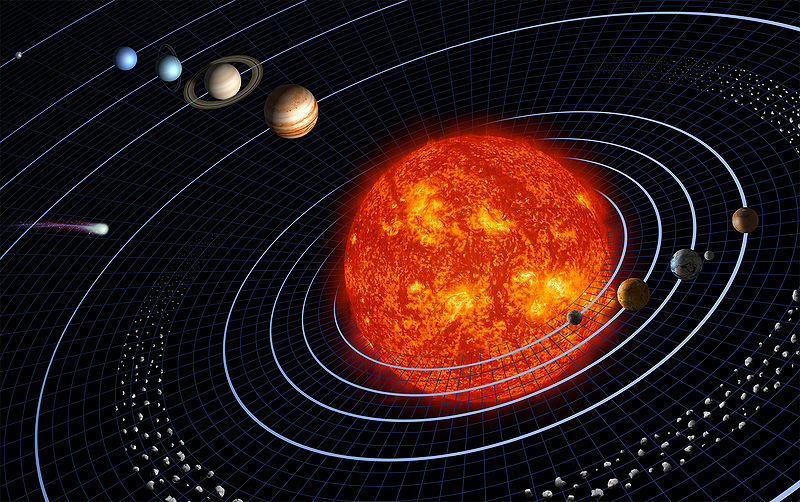"COMETS FOUND LURKING CLOSER TO EARTH THAN PREVIOUSLY THOUGHT" BY THE EXTINCTION PROTOCOL!!

August 3, 2013 – SPACE - Colombian scientists have discovered what may be a graveyard of comets in a very strange spot — and now, some of the interred are coming back to life. These so-called “Lazarus” comets, described in the Monthly Notices of the Royal Astronomical Society, may represent a long-lost population of the icy space travelers and may alter scientists’ understanding of their origins. These chunks of ice and rock, typically a few kilometers across, have long held human imaginations as “falling stars.” As a comet travels around the sun, the heat and light vaporize some of the water ice trapped inside, causing the signature tail of glowing gas and dust to form behind it. They’re thought to have started out near the fringes of the planetary system, with stretched, elliptical orbits that are so extreme that some of comets circle the sun only once in several thousand years. Others have quicker round-trips of a couple centuries or so; these so-called short-period comets are the source of such famous sightings as Halley’s Comet. But in recent years, astronomers started to pick up strange, comet-like bodies popping up where they hadn’t expected them — in the main belt, the wide ring of asteroids that sits between Mars and Jupiter.
The surprising property of these objects is that their orbits are entirely asteroidal while their behavior is entirely cometary,” the researchers wrote. That’s surprising, because comets aren’t supposed to be there, right in the middle of the planetary lineup. The main belt is filled with rocky debris from several feet to hundreds of miles long. These asteroids could have been the building blocks of another planet, had Jupiter’s gravity not kept the fragments apart. What were comets, thought to originate on the fringes of our solar neighborhood, doing there? According to researchers from the University of Antioquia in Colombia, there may have been a sizable population of comets in the main belt in the past that had long since “died,” their icy reserves nearly expended by heat and light from the sun. Some of these comets, however, were merely dormant, the researchers found, and if their orbits were nudged just slightly closer to the sun’s warming rays, it could release ice trapped deep within the comets, bringing them back to life. “Thus, we propose that the asteroidal belt contains an enormous graveyard of ancient dormant and extinct rocky comets, that turn on [are rejuvenated], in response to a diminution of their perihelion distance, caused by planetary perturbations.” A dozen such Lazarus comets were picked up among the asteroids over the past decade, and it’s quite possible there are many more out there, the researchers said. –LA Times



Planetary Break-up: “In 1978, I proposed a new theory that comets originated in the energetic breakup of a body orbiting the Sun in or near the present location of the asteroid belt in the relatively recent past…if comets did originate in a break-up event in the inner solar system, then the original distances of closest approach to the Sun for their orbits must all have been less than or equal to the distance at which the break-up occurred…Astronomer Oort always maintained that an origin of comets from within the solar system, perhaps in connection with the event which gave rise to the asteroid belt, was the most probable.” – Dark Matter, Missing Planet, New Comets, Tom Van Flanderen, pp. 185-191, 1991




No comments:
Post a Comment